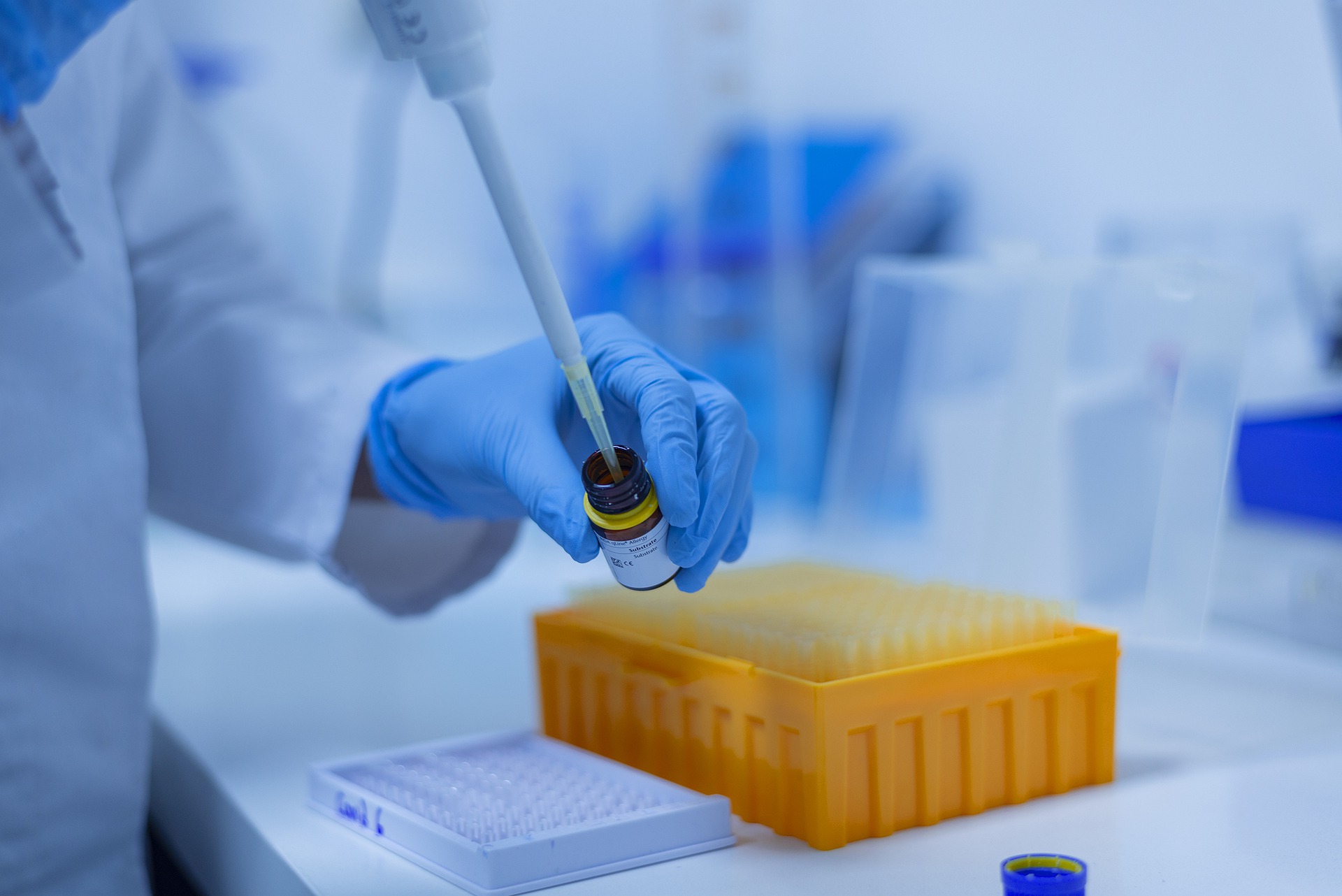Laboratory pipettes are considered staples in clinical laboratories. Laboratory pipettes are designed to handle small amounts of liquid. They are also to contain liquids or transfer liquids from one container to another.
For those who want to transfer liquids into multiple wells, multi channel pipettes are considered ideal. Multi channel pipettes allow users to transfer liquids into multiple wells more efficiently as opposed to transferring them one by one.
On the other hand, single channel pipettes are typically used in chemical and pharmaceutical facilities as well as molecular biology workplaces. Laboratory pipettes have been used for many years now.

Many get the impression laboratory pipettes are new innovations given the sophistication of new models. Surprisingly, laboratory pipettes have been around for close to two centuries now.
The earliest record of pipettes was in the 18th century.
- 18th century – Francois Descroizilles, a French chemist and inventor introduced the acalimetre, a precursor to the pipette. Descroizilles used it in his studies on apple cider and bleach.
- 1824 – Another French inventor, Joseph-Louis Lussac added a few tweaks to the acalimetre. He also coined the term “pipette.”
In 1957, a survey of 57 laboratories revealed that close to 40% of workplace infections are caused by mouth pipetting. This caused a radical change in pipettes. Heinrich Schnitger invented the piston-driven system pipette.
He added a piston driver and an air buffer to the mouth pipette. This helped define the volume of the fluids and prevented them from corroding the device’s interior.

